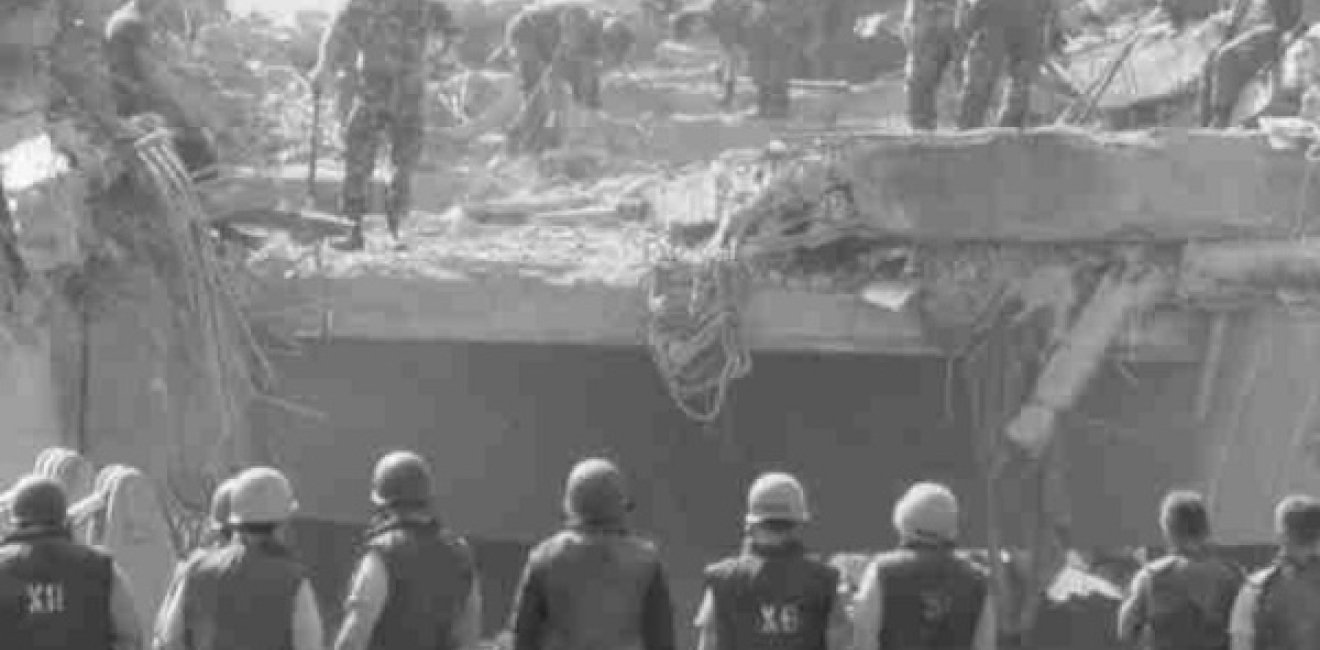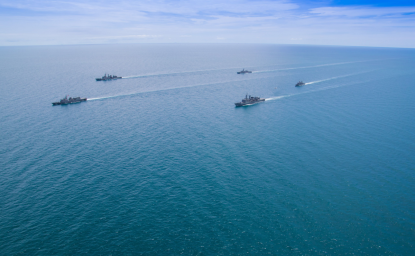On March 8, 1985, a huge bomb went off in the Shia sector of Beirut, killing 80 Lebanese civilians and wounding over 250 others. The target had been Sheikh Mohammed Hussein Fadlallah, whom Lebanese and American intelligence officials had fingered as the mastermind of the terrorist operation blowing up the US Marine barracks outside the Beirut International Airport in October 1983 and resulting in 241 American deaths.
Miraculously, Fadlallah escaped with no injury. The US Central Intelligence Agency (CIA) immediately became the prime suspect behind the bombing. After all, the October 1983 bombing ranked as the highest, one-day death toll inflicted on American Marines since the World War II battle for Iwo Jima.
The origins of Hezbollah
The Marines were in Beirut as part of an international peacekeeping force manned by soldiers from the United States, France, Italy, and Great Britain and set up by the Reagan administration in the wake of the 1982 Israeli invasion of Lebanon up to the suburbs of the capital. Its main mission was helping to extract the Palestine Liberation Organization (PLO) peacefully from Lebanon and convince Israel to withdraw its invading army.
It was these circumstances, and this group, that gave birth to what became known as Hezbollah, the Party of God, which the Israeli Air Force is currently trying to crush permanently as a military threat.
The American peacekeepers had become involved in a tit-for-tat shelling with a mysterious group operating out of the Shia suburb near the airport. It was these circumstances, and this group, that gave birth to what became known as Hezbollah, the Party of God, which the Israeli Air Force is currently trying to crush permanently as a military threat.
At the time of the Marine barracks bombing, few outsiders knew anything about the Shia group, nor who its leaders might be. I was in Beirut back then as part of my assignment covering the Arab world for the Washington Post. I happened to get a tip that the Shia group’s spiritual guide was a sheikh who had blessed the two suicide bombers responsible for blowing up the barracks. In the arcane ways of war reporting, I was able to confirm his identity at a local, pro-Libyan newspaper that had a file on him. After leaving Beirut for the safety of my home in Cairo, I wrote an article, disclosing his name and his suspected responsibility for the bombing.
Fadlallah rose to become a grand ayatollah, the supreme rank in the Shia religious hierarchy, and was certainly the top spiritual leader of Lebanon’s Shia community. He steadfastly denied until his death at age 74 in 2010 that he had had any hand in the marine barracks bombing. The CIA also vehemently denied any role in the failed bombing of Fadlallah, which a House Intelligence Committee report backed up.
But the Post reported the agency had trained Lebanese officers and agents to run a secret counterterrorism unit that had been used in the operation. Its investigative reporter Bob Woodward gave more details in his 1987 book The Veil: The Secret Wars of the CIA 1981-1987. The bombing had been an off-the-books operation hatched by CIA Director William Casey and Prince Bandar bin Sultan, then Saudi ambassador to the US, who had kept the plot a secret even from President Reagan and the entire agency leadership. The Saudis had invested $3 million in the venture and provided most of the intelligence for it, according to his account.
Back to the future
The Israeli Air Force has wreaked the revenge that the United States sought to inflict on Hezbollah back in the 1980s with far more success.
Since the 1985 fiasco, there have been no media reports of either Democratic or Republican administrations seeking to assassinate Fadlallah or his successor, Sheikh Hassan Nasrallah. Nasrallah was killed on September 28, 2024, in a massive bombing by the Israeli Air Force of Hezbollah’s headquarters in Beirut’s Shia suburb.
The CIA did work, however, with Israel’s Mossad intelligence agency to track down and assassinate Imad Mughniyah, the Hezbollah operative linked to various Hezbollah terrorist operations back to the Marine barracks bombing. He was assassinated in February 2008 by a bomb cleverly hidden in the spare tire compartment of his car while driving away from a restaurant in Damascus, Syria.
The Israeli Air Force has wreaked the revenge that the United States sought to inflict on Hezbollah back in the 1980s with far more success. It has also put the Biden administration in the contradictory position of hailing its success in killing Nasrallah while at the same time pressing Netanyahu relentlessly to accept a ceasefire. Biden has even come around to approving the ongoing Israeli incursion into southern Lebanon to uproot Hezbollah there, making his continuing calls for a ceasefire look equally hypocritical.
The views expressed in these articles are those of the author and do not reflect an official position of the Wilson Center.





